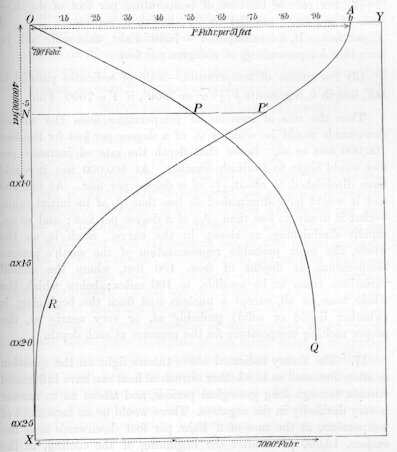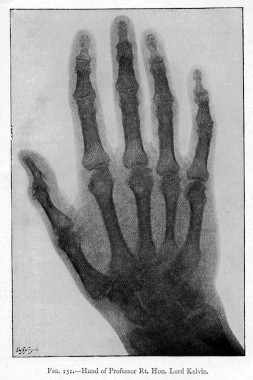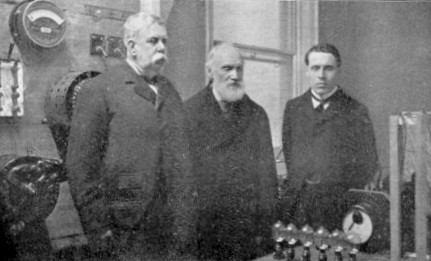The Age of the Earth
Today, a Victorian scientist miscalculates the age of the earth. The University of Houston's College of Engineering presents this series about the machines that make our civilization run, and the people whose ingenuity created them.
More than a hundred biblical scholars had estimated the age of the earth by the mid 19th century. They found ages from 5400 to almost 9000 years. By this time, geologists were starting to insist that the Bible wasn't meant to give us this sort of technical data -- that the earth was, in fact, much older. But they didn't yet have a basis for making their own estimates.
By now, Joseph Fourier had developed a theory of heat conduction. It was based on avant-garde mathematics that a lot of people couldn't accept. Then, in 1862, a British scientist, Lord Kelvin, used Fourier's theory to calculate the age of the earth. He knew the earth's temperature increased one degree Fahrenheit for each 50 feet you went into the ground. He guessed that the earth began as molten rock at 7000° F. By solving Fourier's equation, Kelvin found that it must have taken a hundred million years for the earth's temperature to level out to one degree every 50 feet.
Now the fat was in the fire! The deeply religious and antievolutionist Kelvin had given an age that was far too young to satisfy geologists and Darwinists. But it was plenty old enough to waken the ire of biblical literalists.
The major problem with Kelvin's estimate was that he didn't know about radioactivity. Today, we know that earth's temperature variation is sustained by radioactive decay, and that Kelvin's cooling calculation was worthless for telling us the age of our planet. Its real value lay in the intellectual stimulus it created.
The great Victorian scientists and mathematicians knew something was wrong. So they formed ranks to fight over questions of mathematical method and biblical exegesis. Paul Nahin documents the debate, which went on until the 20th century. He shows us how it drew in Darwin, Huxley, Heaviside, and many more. When they were through fighting, at least mathematical heat-conduction analysis had found a solid footing.
Today, modern chemical analysis tells us that the earth is 4½ billion years old. But the debate over Kelvin's calculation helped set up techniques that let our students solve far nastier heat-flow problems than he ever could -- techniques for determining everything from how long it takes to refrigerate fruit to how to cool a brake shoe.
And -- over and over again -- I'm dazzled by how much more we seem to learn when the path to understanding leads through briar patches like this one.
I'm John Lienhard, at the University of Houston, where we're interested in the way inventive minds work.
(Theme music)
Nahin, P. J., Kelvin's Cooling Sphere: Heat Transfer Theory in the 19th Century Debate over the Age-of-the-Earth, History of Heat Transfer: Essays in Honor of the 50th Anniversary of the ASME Heat Transfer Division (E. T. Layton and J. H. Lienhard, eds.). New York: ASME, 1988, pp. 65-85.
Thompson, Sir W. (Lord Kelvin), On the Secular cooling of the Earth. Mathematical and Physical Papers, Vol III, Elasticity, Heat, Electro-Magnetism. London: C.J. Clay and sons, 1890, pp. 295-311. See also other articles on heat flow in this volume.
This episode has been greatly revised as Episode 1568.

(From Kelvin's collected papers, 1890)
Lord Kelvin's calculation of Earth's age

(From Light, Visible and Invisible, 1923)
This odd photo turned up in an old book about light. It is an actual X-ray of Lord Kelvin's hand!

(From Electricity in Everyday Life, 1904)
And here is Kelvin himself. From left to right: George Westinghouse, Lord Kelvin, and Charles Merz.
They are observing a machine for changing ac to dc.